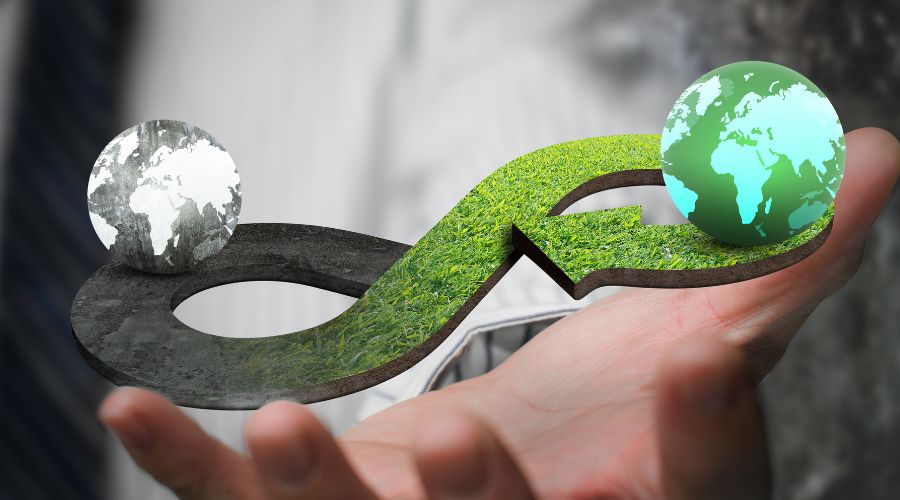

Plastics from green hydrogen unlock promise of circular economy
What if manufacturing plastics was carbon negative? Thanks to clean hydrogen that is exactly what could happen.
Abu Dhabi clean energy pioneer Masdar, Japan’s Mitsubishi Chemical Group Corporation and INPEX last week agreed to explore production of the world’s first commercial-scale polypropylene made from carbon dioxide and green hydrogen.
Polypropylene is a commonly used plastic used to manufacture items such as bottles, jars and food packaging. Invented in the early 1950s, it is one of the most widely used plastics in the world today. In 2022, 79 million metric tons of polypropylene were produced, a figure that is expected to reach 105 million metric tons by 2030.
There are several ways of making polypropylene through traditional methods, but they all begin with crude oil.

Polypropylene (PP), also known as polypropene, is a thermoplastic polymer used in a wide variety of applications. It is produced via chain-growth polymerization from the monomer propylene.
Masdar, Mitsubishi Chemical and INPEX plan to make polypropylene from e-methanol, which itself is made from green hydrogen and carbon dioxide. Green hydrogen is produced by using renewable energy to split water with electrolysers.
E-methanol is generally used as a fuel, meaning that the CO2 is returned to the atmosphere when it is burned. While it remains a carbon neutral fuel because it releases the same amount of CO2 as it takes to produce, by locking it up in a plastic like polypropylene, the CO2 is sequestered away from the atmosphere, making the product carbon negative.
In 2021, the chemical industry’s global emissions totalled approximately 925 million metric tons of CO2, accounting for around 2% of emissions globally. As hydrocarbon fuels such as petrol and diesel are phased out, many oil and gas companies are hoping maintain demand for their products from the chemicals industry.
____________________
Related reading:
Hydrogen wins big with billions in EU Innovation Fund grants
____________________
“The chemical industry is now faced with the dual challenge of reducing its GHG emissions, while actively participating and leading the transition to a carbon neutral economy,” said Mitsubishi Chemical Group’s CEO, Jean-Marc Gilson. “With that focus in mind, our ambition to use CO2 as a key starting raw material is a very important stepping stone towards a sustainable future.”
The benefits of producing plastics from clean hydrogen and CO2 are given a further boost by the progress that is being made in creating hydrogen from plastics. The UK’s Powerhouse Energy is among a number of global companies that have developed technology to turn unrecyclable waste, including plastics, into syngas to produce hydrogen, electricity and chemical inputs.
Plastics made from renewable hydrogen that are then turned back into hydrogen. Now that’s the circular economy at work.
To learn more about HYCAP, click here.